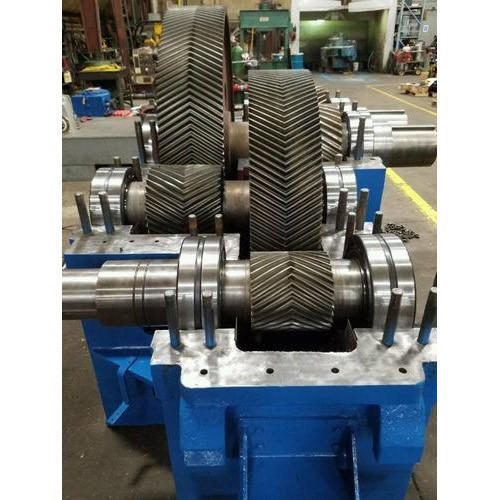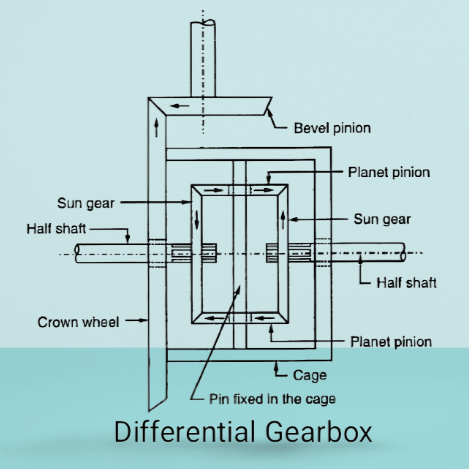Problem: Traditional Ignition Systems and Their Limitations
In older ignition systems, the contact breaker points assembly often wears out and requires frequent maintenance. This not only leads to inefficiencies but also increases the risk of breakdowns. If you’re relying on such a system, you’re likely facing issues with reliability, timing accuracy, and overall engine performance.
Agitation: The Need for a More Reliable System
The problem with traditional ignition systems is clear: they’re not up to the demands of modern engines. The wear and tear on mechanical parts mean that they can fail when you need them most. The inconsistency in spark timing can lead to poor fuel efficiency and increased emissions. You need a system that is precise, low-maintenance, and dependable.
Solution: Electronic Ignition Systems Explained
An electronic ignition system replaces the traditional contact breaker points with an armature, which acts as a pulse or signal generator to trigger the ignition module, also known as the Electronic Ignition Control Unit (EICU). Here’s a closer look at its components and how they work together to enhance your engine’s performance.
Parts of an Electronic Ignition System:
- Battery: Provides the necessary electrical energy for ignition. A rechargeable lead-acid battery, recharged by a dynamo driven by the engine, is commonly used.
- Ignition Switch: Turns the ignition system on and off. One end of the battery is grounded, and the positive terminal is connected to the ignition coil’s primary winding via this switch.
- Electronic Ignition Module: Senses signals from the armature and regulates the primary circuit’s current flow, ensuring precise timing for spark generation.
- Ignition Coil: Steps up the low voltage to a high voltage needed to produce an electric spark at the spark plug. It has a magnetic soft iron core with primary and secondary windings.
- Armature: Replaces the contact breaker points. When the armature’s tooth aligns with the pickup coil, it generates a voltage signal that the electronic module uses to control the primary circuit.
- Distributor: Distributes high voltage from the ignition coil to the spark plugs in the correct sequence. It has a rotor that connects to the secondary winding of the ignition coil and passes high tension currents to the spark plugs.
- Spark Plug: The endpoint of the ignition system where the spark is generated to ignite the fuel-air mixture in the engine cylinder.
How the Electronic Ignition System Works:
- When you turn on the ignition switch, current flows from the battery through the ignition coil’s primary winding.
- The armature’s tooth aligns with the pickup coil, generating a voltage signal that the electronic module senses, stopping the current flow in the primary circuit.
- When the armature tooth moves away, the signal stops, and the timing circuit inside the ignition module allows current to flow again.
- The make-and-break cycle of the current creates a magnetic field in the ignition coil, inducing a high voltage in the secondary winding.
- This high voltage is sent to the distributor, which routes it to the spark plugs in the correct firing order.
- The high voltage at the spark plug generates a spark, igniting the fuel-air mixture in the engine cylinder.
Advantages of Electronic Ignition Systems:
- Reliability: With no moving parts, the system is less prone to wear and tear, increasing reliability and lifespan.
- Precision: Enhanced spark timing accuracy improves fuel efficiency and reduces emissions.
- Maintenance: Reduced need for regular maintenance compared to traditional systems.
Disadvantages of Electronic Ignition Systems:
- Cost: Higher initial cost compared to traditional systems due to advanced components.
Conclusion
Switching to an electronic ignition system addresses the limitations of traditional systems, offering better performance, reliability, and efficiency. By understanding and implementing an electronic ignition system, you can significantly enhance your engine’s performance and longevity.


